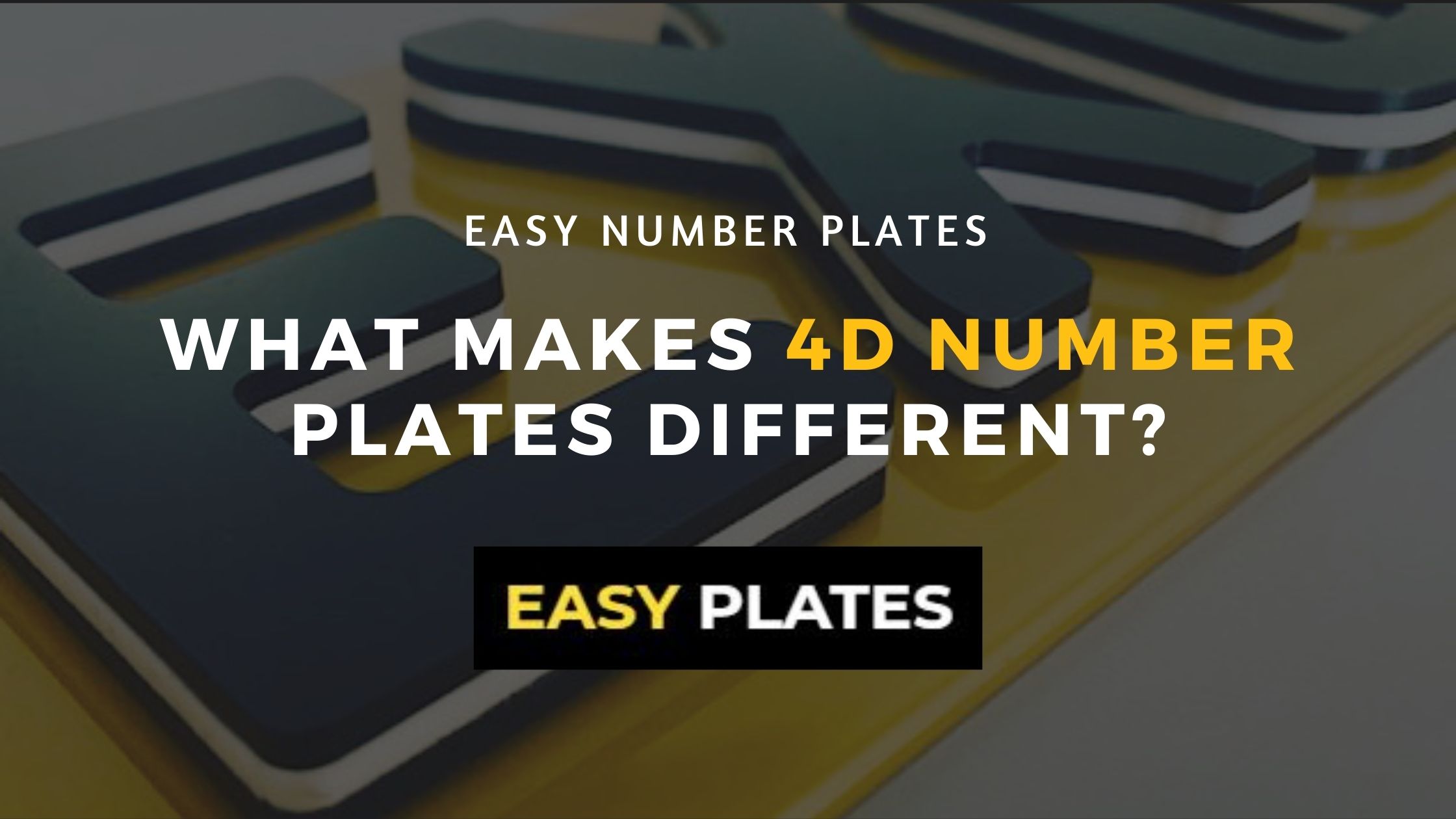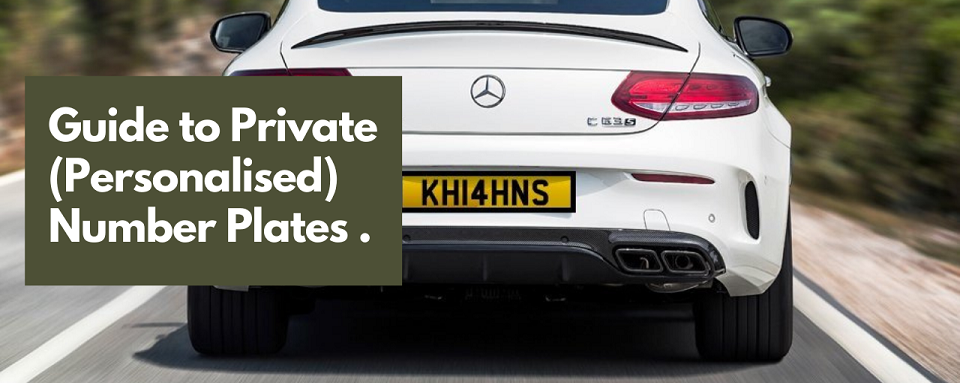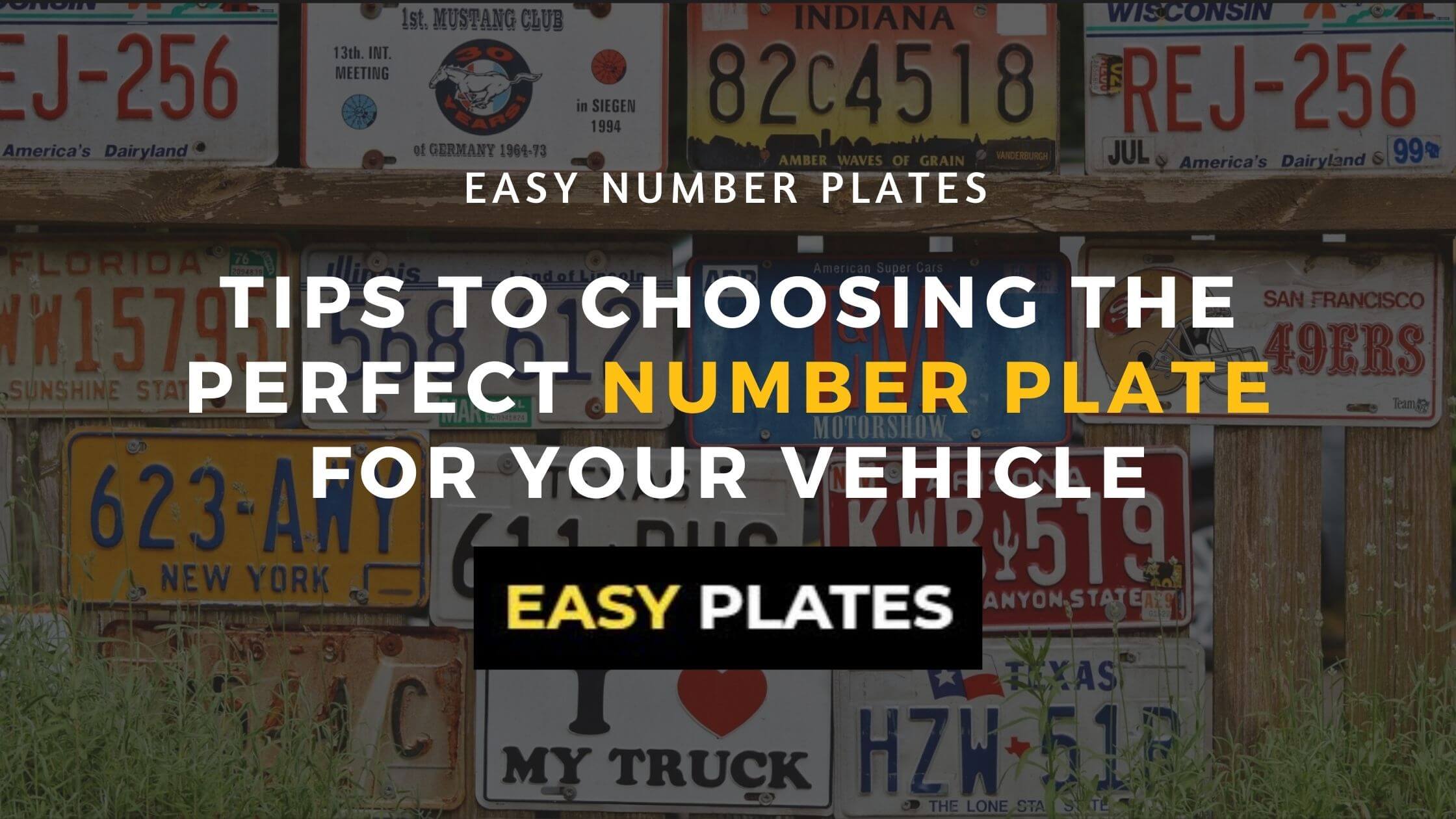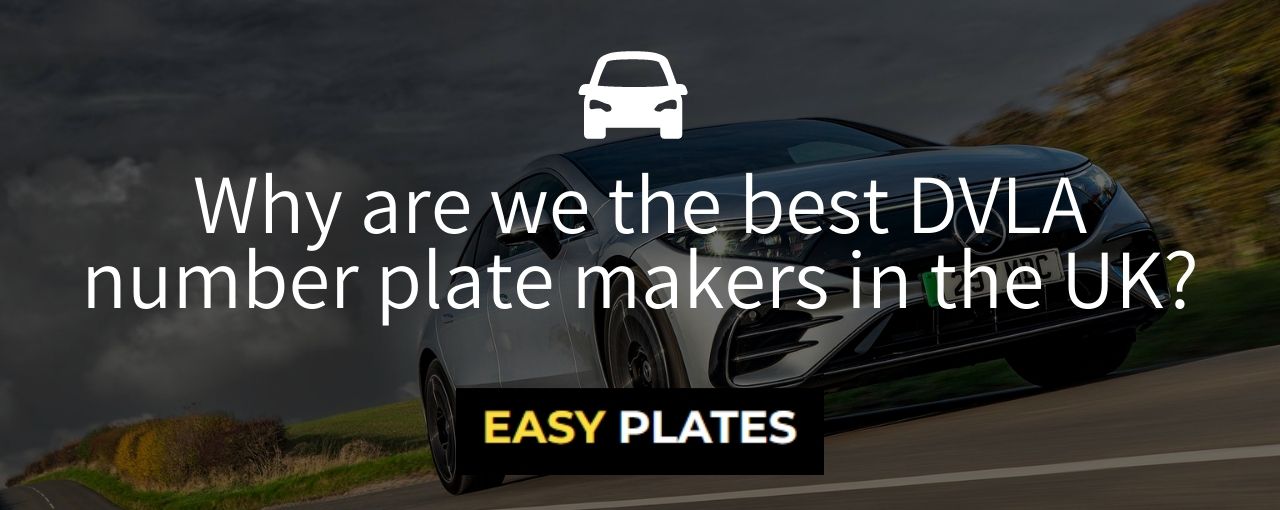The UK’s Most Expensive Number Plate
The UK’s Most Expensive Number Plate
There is a curse, usually claimed to be of Chinese or Arab origin, expressing a wish that the cursed individual should live in “interesting times”. Well, since 2008 we have lived in very interesting times, especially in an economic sense. Around that time it all went a bit wobbly, didn’t it? Businesses suffered, investments evaporated: it was altogether rather untidy and alarming. Amid the chaos and concern people sought out things that would reassure them that there was still some stability. Those things were found in some surprising places.
It is striking how robust the private registrations market has proved to be, not just during the recent and ongoing financially challenging times, but consistently over the last 30 years. Owners of nice cars continue to value good quality cherished registrations, considering them the finishing touch that an attractive car deserves. Outstanding numbers have not only held their values, but have very often seen significant appreciation.
Prices paid at auction continue to set new records, both in the UK and around the world. One such auction record was set in November 2014 when the registration 25 O was sold at DVLA auction for £518,000, thus becoming the most expensive number sold at public auction in the UK, and one of the most expensive numbers in the country. The purchaser was John Collins, owner of classic Ferrari dealer Talacrest, who also bought the numbers 250 L and 500 FER at the same auction. Regtransfers visited John at his Berkshire headquarters.
“I thought maybe I would have to pay 20 to 25 thousand for 250 L but then it kept going up and up and up. Finally I got it [for £130,000] but I kind of figured that was going to make 25 O quite expensive; I thought it might go to £200,000. When the bidding started I knew that a few culprits who I know in the Ferrari world would be bidding on it but, to be honest, after I got 250 L I just decided that nobody but me was getting 25 O, it was that simple. I would just have kept going.
“One of the papers or magazines got it wrong and said that every time I bid the other bidder jumped in immediately. Actually, it was the other way round: he was hesitating and I just kept going, because that’s the only way to knock somebody’s confidence in a situation like that, and win. I certainly didn’t expect to pay £500,000 for a number plate but I really think it’s worth it. A good Ferrari 250 GTO is worth £35m today, and for a short wheel base, a good one, anything from eight million to 15 million. That particular car that I have put the number on was once owned by Eric Clapton. It’s one of the best right-hand drive, short wheelbase cars that’s ever been built, so it’s on that. You can’t get a better number plate. I wanted 25 O and I won’t sell it. Someone has asked me if I’d sell the car and the plate but I said no. Actually, there is one car I’d sell it for but I doubt I’d get that. It’s a Ferrari 330 LMB, an early 1960s car. I’ve owned it twice and let it go, like an idiot. The price of those just keeps going up and up and up. Of the three LMBs [known to exist], I’ve sold two of them a total of eight times in the last 25 years. The first time I bought one, in 1994, it cost a million pounds. Today the LMB is worth £20 million pounds, so I should have kept it.
“I’ve always been Ferrari mad. I started driving when I was 15, in Scotland, as you do [Laughs]. You know, on L-plates. I passed my test first time, as I’d already been driving for years. I had a Triumph Spitfire GT6 a TR4, TR5, TR6. My mate had a TR6 and a Porsche. I really always wanted a Ferrari but they were too expensive. I mean, I think the Triumph GT6 was like £850 new in 1967, so I bought that in 1969 for £500 when I was seventeen. Ah, but I was Jack the Lad in Glasgow with that!
“I eventually bought my first Ferrari in 1976: a Dino 246 that I got for £7000. You could buy a house for £7000 at that time. There was no other car that came close. Porsche? They never did it for me. It was always really just Ferrari.”
In a life of various careers and varying fortunes, John has been a model and a DJ as well as spending 20 years as a top photojournalist working with high profile publications such as the Daily Express in the UK and the National Enquirer in the USA. He showed our team scrapbooks of his work from the 1970s and 1980s and talked through some of the stories and images he produced during those years.
“I sold my soul to the Enquirer because they paid huge money. I became one of the highest paid photojournalists in the world. I did stories on Joan Collins, Princess Grace, Bo Derek. Front pages… and there was a huge spread on the Pope. There was no peering through windows: I was always up-front and there was no need, people would come to me.
“That’s what allowed me to really get into the cars, the fact that I was so highly paid. In those days there were very few proper photojournalists. There were lots of photographers who could write a few captions but I could work some days in the Daily Express as a reporter on a shift, or as a picture editor, or as a news editor or a photographer.”
The obsession with cars that John’s income allowed him to indulge led to the purchase of more Ferraris but that first flush of success was cut short in 1987 with the Black Monday stock market crash. “I lost all my money then. I hate stocks and shares because of that, because I went bust. I didn’t actually go bankrupt but I had no money, so I decided to sell my cars. I phoned all the dealers and was assured that one car I was selling would be worth £50,000. I sold it to this guy and then drove past his window a week later only to see my car up for £70,000. I went in and challenged him over it and he just told me that the market prices were rising. So, I got ripped off for £20,000 by a car dealer.”
Let’s just recap. John lost most of his wealth due to the Black Monday crash. Immediately after that he was, in his words, ‘ripped off’ to the tune of £20,000: a significant chunk of the value of one of his few remaining assets. The phrase ‘insult to injury’ barely seems adequate, but John Collins shrugged off this adversity without noticeably breaking his stride.
“At that time I also had an F40 coming but, having lost everything, I obviously didn’t have the money to pay for it. So, I went to the pub and borrowed £300,000 from all my friends. The idea I had – what Talacrest was originally going to be about – was to start a company where people could buy a £1000 share in a car; so 100 people could own a £100,000 Ferrari. However, the Financial Services Act stopped that.
“My friends had belief in what I told them. I did a little business plan, which I’ve still got actually. It was a cool idea and they all got it. They would have invested £5000 for 5 shares in a car and had great fun. They’d keep it for 3 years and then sell it so everybody gets a profit. It would’ve worked fantastic, but you’re no longer allowed to advertise and take the public’s money without about ten million licenses.





